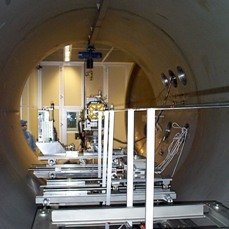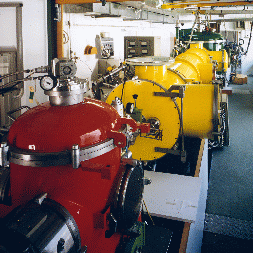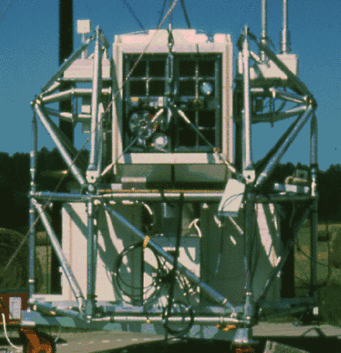X-ray Astronomy at MPE


Research
Research topics among others are the X-ray emission from comets and planets, the physics of compact galactic objects, supernova remnants and the interstellar medium, X-ray sources in normal galaxies, accretion onto supermassive black holes in galactic centers, clusters of galaxies, and the origin of the X-ray background.


Prime resources are data obtained from the X-ray observatories XMM-Newton launched in December 1999 and Chandra launched in July 1999. The ROSAT all-sky survey data as well as the data from more than 9000 pointed observations performed provide an inexhaustible harvest of valuable scientific data.


History
X-ray astronomy (or better X-ray astrophysics) is a research area that fitted well into the original scope of the MPE. In 1975, J. Trümper became scientific member of the MPE and director of the X-ray astronomy group. In preparation for the ROSAT project, the PANTER X-ray test facility was built in 1981. One of the major X-ray astronomy projects at MPE in the 1990's was ROSAT (1990 - 1999) which provided the first all-sky survey with an imaging X-ray telescope in the 0.1 - 2.4 keV energy band. Providing the PANTER test facility and its knowledge in detector development, MPE was substantially involved in the development, testing and calibration of the X-ray telescopes and the EPIC-pn camera for XMM-Newton and the Low Energy Transmission Grating (LETG) for Chandra.
About 30 years after its start, the MPE X-ray group was merged with the MPE gamma-ray astronomy group to form the High-Energy Astrophysics Group at MPE.





